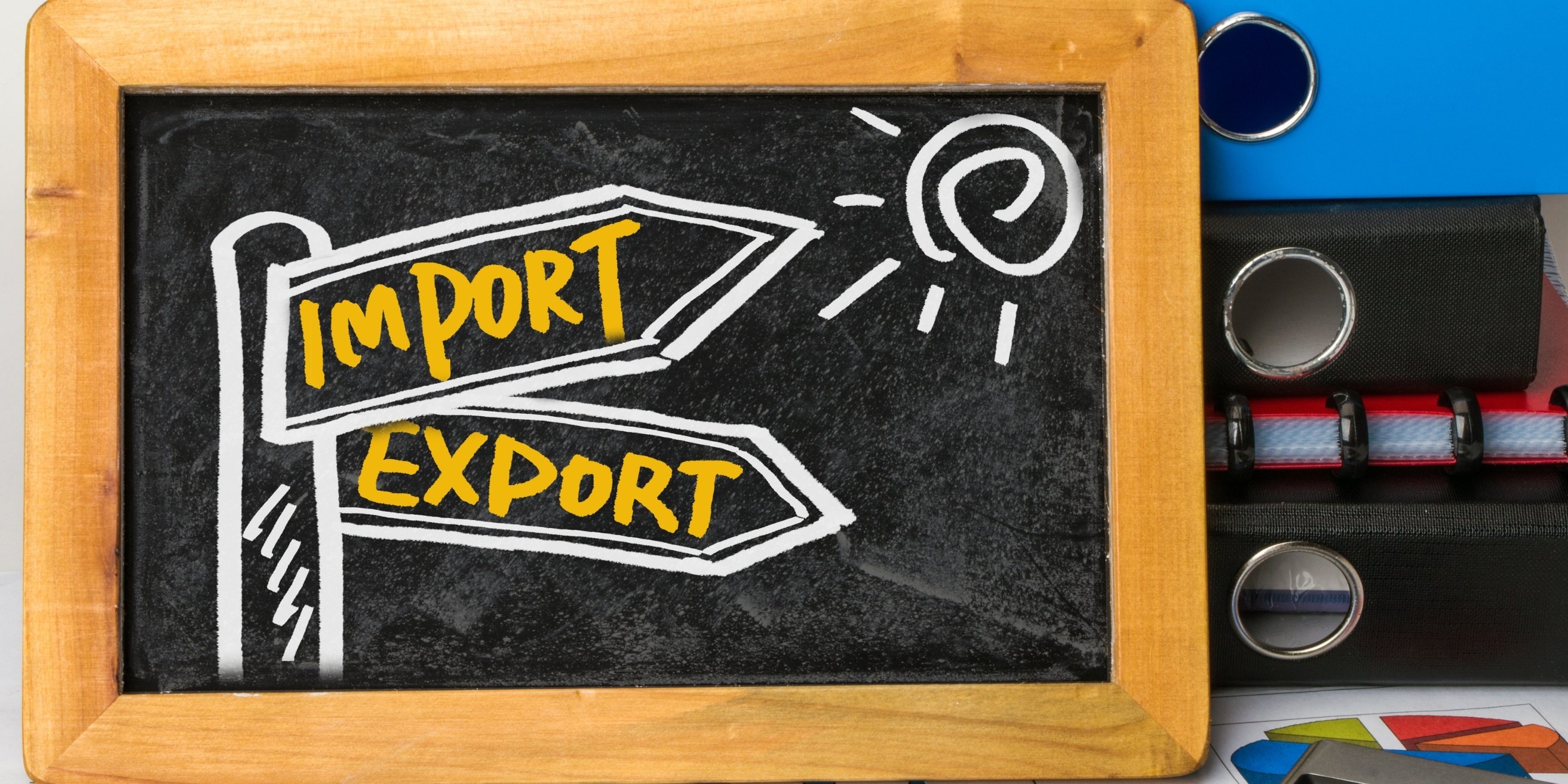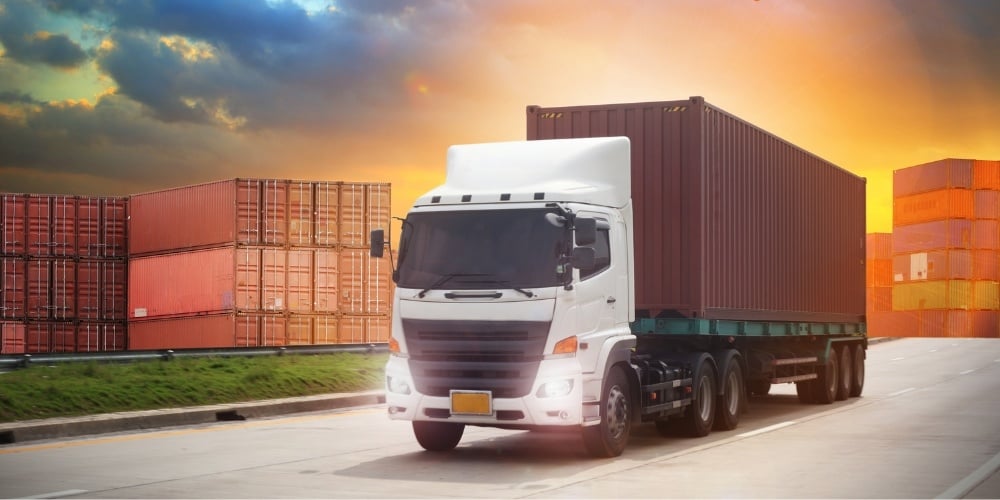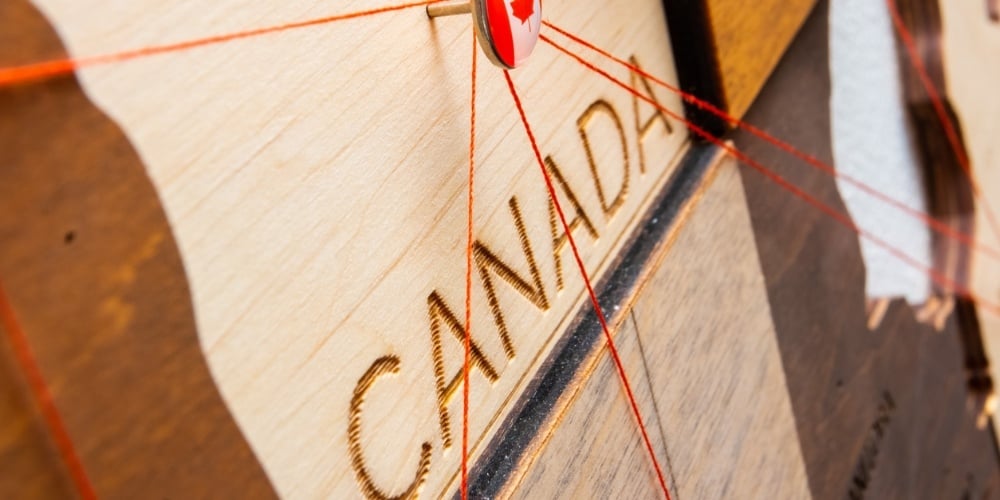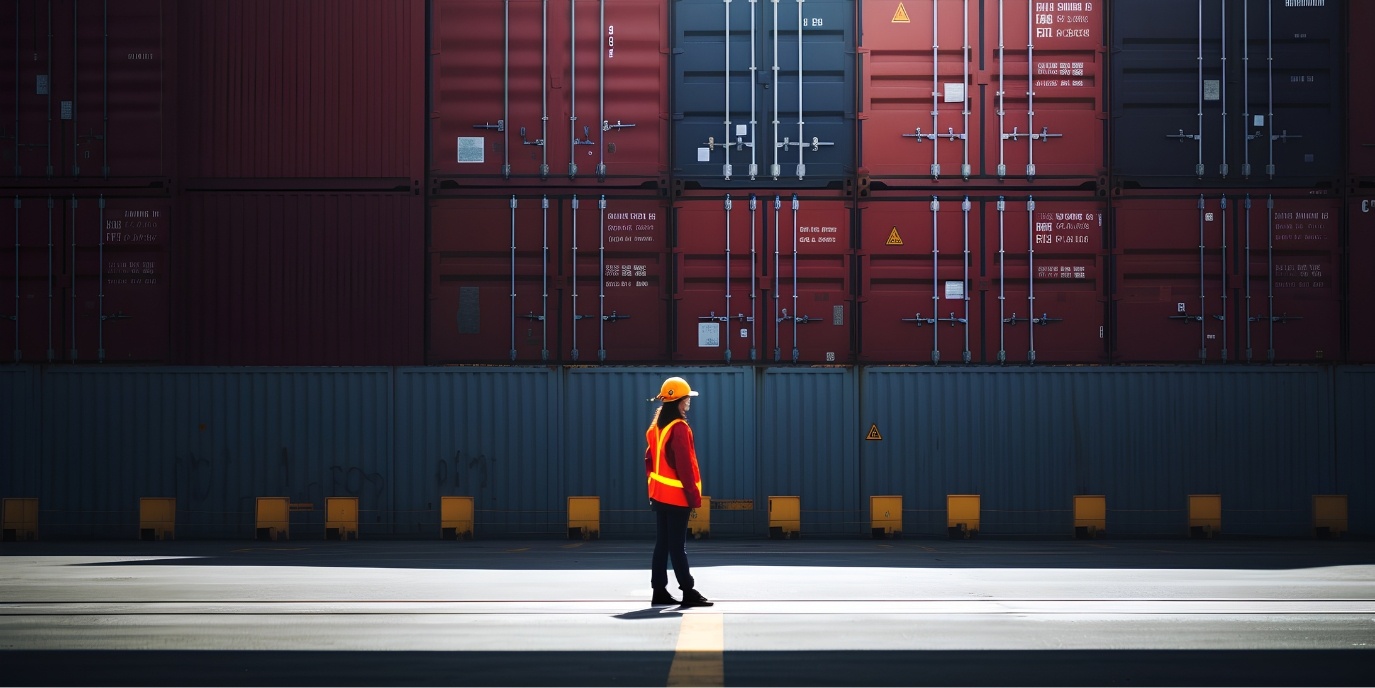The impact of climate change on Canadian supply chains

Climate change is no longer a distant concern. It’s a present-day challenge that has been impacting global trade and supply chains for years.
10 keys for importers to avoid unexpected costs
.jpg)
Importing goods can result in unexpected costs that can quickly eat into your bottom line. Preparing for potential problems can help your business get ahead of surprise expenses.
How IMO 2024 impacts freight forwarding and customs compliance
.jpg)
The International Maritime Organization (IMO) has set the stage for a transformative shift in global shipping with its 2024 framework, which is set to be ratified in 2025.
How the World Customs Organization (WCO) benefits importers and exporters

The World Customs Organization (WCO) plays a critical role in simplifying and streamlining trade processes that promote smooth international trade. Canadian importers and exporters can benefit from accessing resources and learning about standards provided by the WCO.
Explainer: How to use CROSS for U.S. imports

At Cole International, we believe that the more you know, the better your goods will go. Our Explainer posts provide valuable information you should know about before making your next move. We understand that the logistics industry involves complex processes, regulations, and definitions that can be overwhelming to.
How does PARS make border crossing faster for importers?

The Pre-Arrival Review System (PARS) is a customs process that importers can utilize to get their goods across the border faster. Learning how to use PARS correctly can significantly reduce wait times at the border by securing pre-clearance for your goods.
Canadian tariff preference levels for apparel and textile exporters

The textile and apparel industries are among the largest and fastest-growing sectors worldwide. Canada's apparel and textile exporters can leverage tariff preference levels (TPLs) to compete in the biggest markets on earth, including the United States.
CBSA proposes sweeping customs valuation amendments for Canada imports
.jpg)
The Canada Border Services Agency (CBSA) announced a series of proposed amendments to the Valuation for Duty Regulations. These customs valuation amendments could significantly reshape how the value for duty (VFD) of imported goods will be determined in Canada.
How to set up import accounts as a new importer in Canada

Companies that set up import accounts in Canada gain access to valuable trade opportunities available in the Canadian economy. Learning how to start importing to Canada can reduce the time and effort required to establish your business.
7 critical import tax and duty mistakes importers must avoid

Importing goods into Canada involves a variety of taxes and tariffs. Businesses that commit an import tax mistake can experience significant disruptions and financial consequences. Staying informed can help importers avoid customs duty mistakes.
